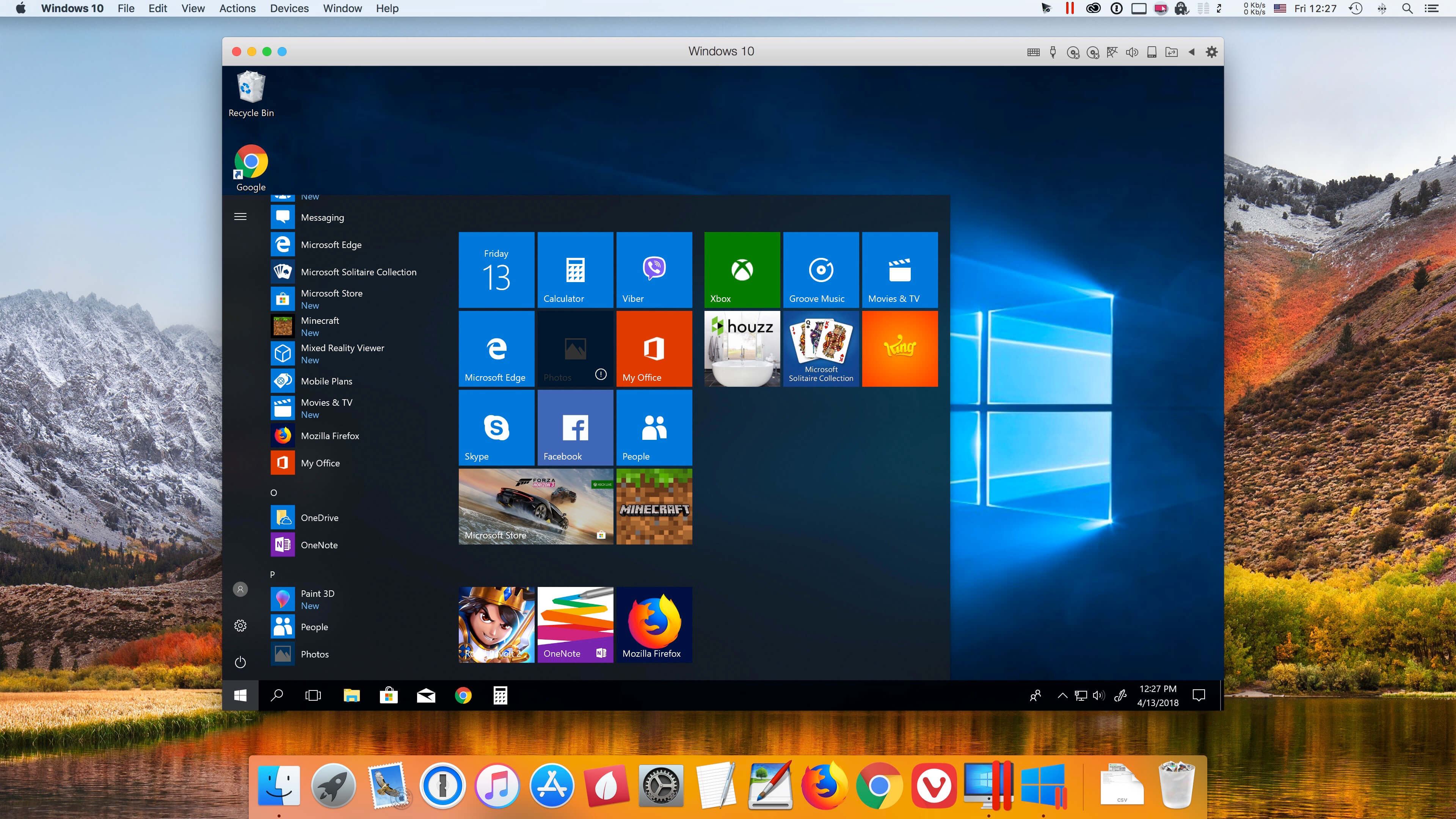

Note: Please note that Microsoft no longer provides support for Windows 10 ARM. For installing a macOS virtual machine, see KB 125561.For installing a Linux virtual machine, see KB 128445.When the installation is complete, click Finish to close the wizard and start Parallels Client for Windows.To install a new virtual machine on a Mac with Apple M chip, you need to use an ARM-based installation image with a supported operating system.On the Ready to Install page, click Install.Please note that for the component to work, you will need to reboot your computer (or log off and then log on again) after the installation. The component will automatically use your credentials to connect to Parallels Remote Application Server. Use the page to specify whether you want to install the Single Sign-On component. On all other supported versions of Windows, it will be shown. The SSO Installation page will be skipped when installing Parallels Client on a Windows Server operating system.Select the folder where you want to install Parallels Client and click Next.Accept the License Agreement and click Next.On the Welcome page of the installation wizard, click Next.Run the Parallels Client installer that you've downloaded from the Parallels website.Make sure you are logged into your computer as a user with administrative privileges.If you would like to download and run the installer manually, please use the following URLs: The preferred method of downloading and installing Parallels Client for Windows is via an invitation email as described in the previous section.


 0 kommentar(er)
0 kommentar(er)
